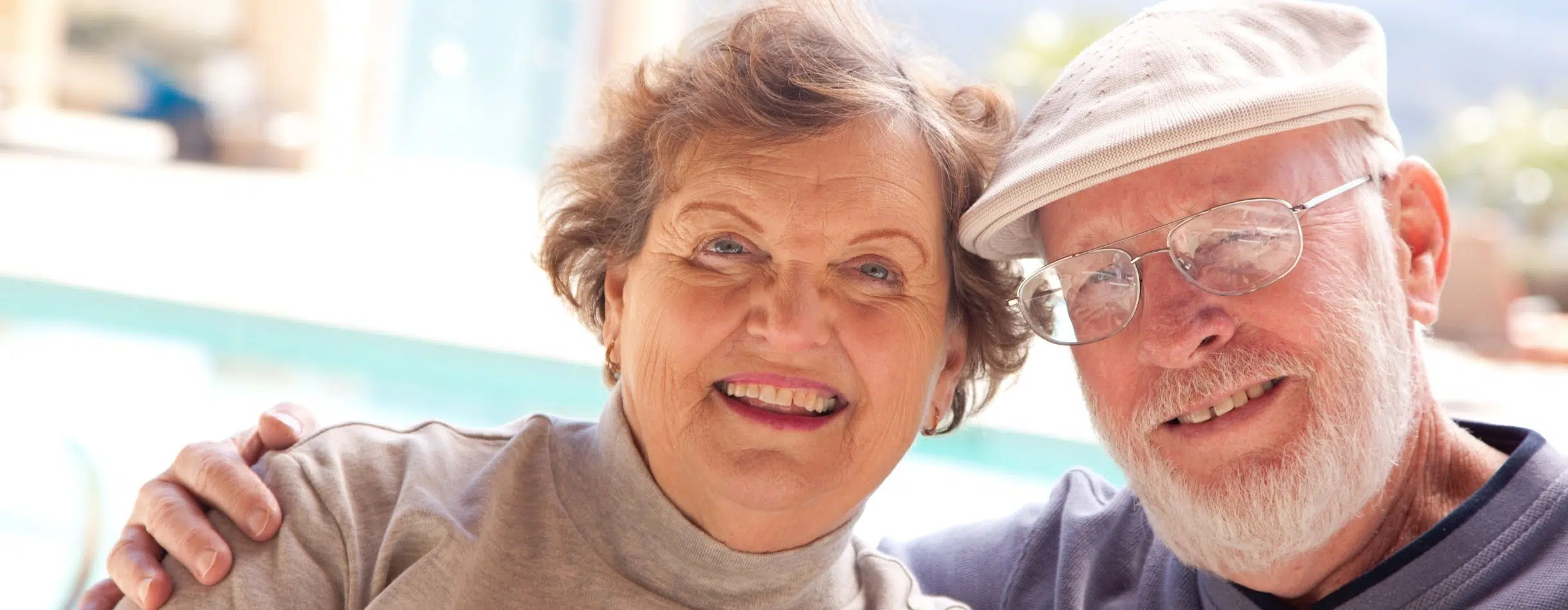Your Donor Population Is Aging: 13 Tips To Engage Older Donors & Encourage Planned Giving



We’re all aging, right? Here are practical tips on how to engage your aging donors and encourage planned giving. These tips include how to make a planned gift request without making it awkward. It is essential to adapt your fundraising strategies to engage and involve those age 50 and above effectively.
Older adults tend to be more actively engaged in charitable giving and are more likely to make substantial donations.
According to data from various studies and research, the average age of nonprofit donors typically falls within the range of 50 to 75 years old. This age group often has more disposable income and is more inclined to include charitable giving in their financial plans. Additionally, they may have reached a point in their lives where they are reflecting on their legacy and the impact they want to leave behind.
As we age, we usually have more saved resources, and therefore have a greater ability to share those resources. The fact remains that most charitable giving still goes to the donor’s family, the school they attended, and their church, synagogue, or place of worship. If your nonprofit is not among those three places, then you have a marketing task to attend to.
Here are 13 practical tips on how to relate to and engage older donors and encourage planned giving.
Remember, cultivating planned giving relationships requires a long-term approach. It takes time to build trust, provide education, and help donors understand the benefits of leaving a legacy. By implementing these strategies, you can effectively address your aging donor population and inspire them to consider making planned gifts to support your nonprofit’s mission.
What’s your experience of what works with older donors? Please share in the comments section below.
Comments
Youth Creed